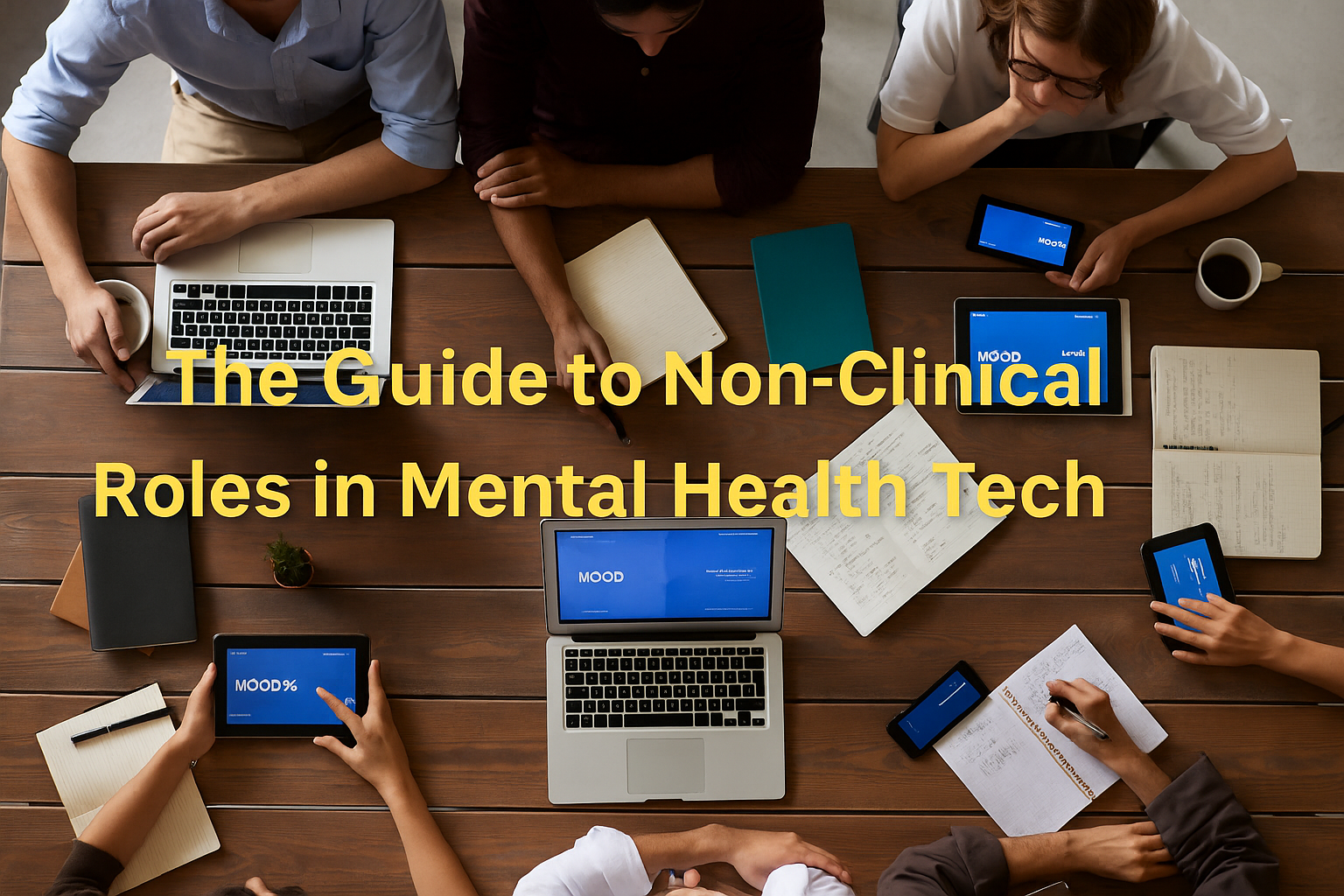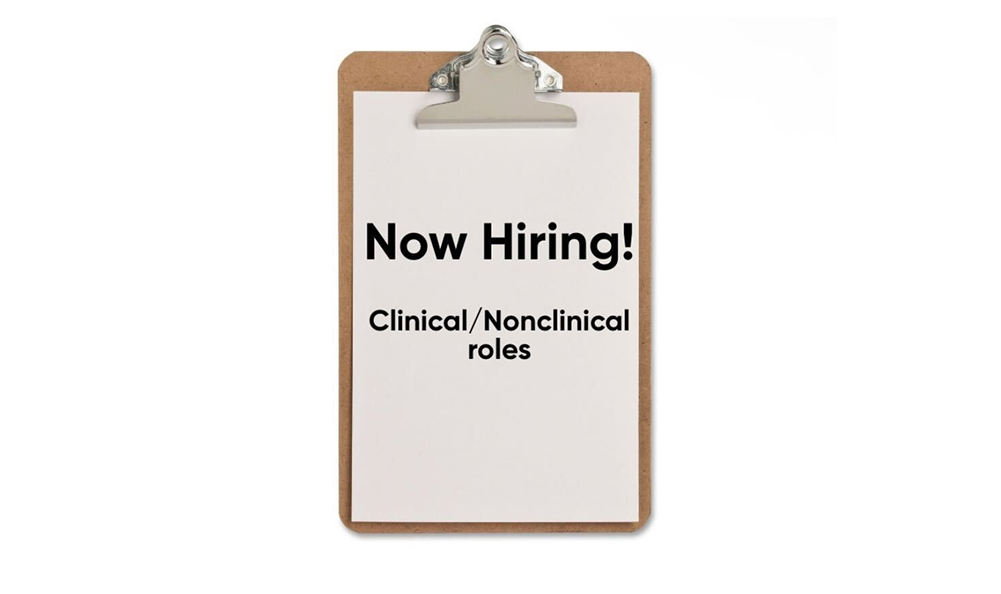Providers face unique challenges in the ever-changing mental health landscape when establishing and growing their practices. Mental health technology provides therapists with tools to streamline and simplify their workload, so they can spend time doing what they love: working with clients. However, finding new, reliable, and easy-to-use tools can be time-consuming.
We are thrilled to introduce the launch of our latest product, the Provider Tools Directory. The directory is the first-of-its-kind comprehensive guide to all of the latest technology in the mental health space. We aim to demystify mental health technology, making it more accessible for all providers to use. To illustrate our mission, we sat down with Ida Milani, a dynamic new provider who recently launched her practice, to explore her favorite tools, insights, and strategies for navigating the mental health tech landscape.
Q: Tell me about your journey into becoming a therapist and starting your own practice.
A: I've known since I was around 12 or 13 that I wanted to be a therapist. I’ve always been drawn to problem-solving and conflict management. While I enjoyed working with organizations, nonprofits, and community projects, there was something about owning my own business that really appealed to me—the freedom to choose my clients and work on challenges that excite me. Starting my own practice just a few months ago has given me so much flexibility in the type of clients I see and the issues I address. The biggest difference has been the sense of fulfillment I get from my work now. While nonprofit and high school work taught me a lot, it often came with limitations that made me long for more control over how and who I worked with. The best part of starting my practice has been the freedom—both personally and financially.
Q: What has been the biggest surprise or lesson learned since starting your practice?
A: One of the biggest surprises was realizing how little we were taught about the business side of things in grad school. We focus a lot on working in organizations or nonprofits, but not much on creating and managing a private practice. The most surprising part for me has been learning about the legalities involved—setting up a business, making sure you're compliant with laws, understanding insurance, and keeping everything secure. There’s a lot of behind-the-scenes work I didn’t anticipate, like setting up a business credit card and getting the right electronic health record system in place. Navigating these tools and understanding what’s required to run a legal and compliant practice has definitely been a learning curve.
Q: What tools or products have you found most helpful when establishing your practice?
A: The first priority for me was ensuring that everything was legally sound. I used Doola to create my business and Bluevine to set up a business credit card to process payments. SimplePractice has been invaluable for managing notes, assessments, records, and appointment reminders. Stripe handles my payments. Beyond that, I use Gmail for communication, Zoom for HIPAA-compliant telehealth sessions, and Squarespace for building my website. Recently, I added Calendly to help clients schedule appointments directly through my site. These are the essentials that make sure my practice runs smoothly and legally.
Q: Why is it important for therapists to embrace new tools, especially when they’re just starting out?
A: Starting a private practice can be overwhelming, especially with all the new responsibilities. Many therapists tend to be cautious by nature, so adopting new tools might feel risky. But if we avoid using tools that could streamline our practice, we’re only making things harder on ourselves. We’re in an age where AI and other tools are making tasks like billing, note-taking, and scheduling easier, and I don’t see any reason not to use them. Anything that saves time or simplifies processes is worth considering, especially for new practice owners who already have a lot on their plate. Being open to innovation means we can reduce our workload and focus more on the work we love.
Q: As a new practice owner, how do you evaluate which tools are worth investing in, especially when balancing costs and practicality?
A: My approach is simple: I focus on two main questions. First, is it legal and compliant? Does this tool ensure that my practice is up to par in terms of legal and business requirements? Tools like Bluevine, SimplePractice, and Stripe are essentials for making sure everything runs smoothly. Second, I look for simplicity. What will make my life easier and free up more time to focus on clients? Tools like Calendly and Zoom have been incredibly helpful in simplifying scheduling and virtual appointments. Keeping things basic at first helps me minimize costs while ensuring everything is running legally and smoothly. As my practice grows, I’ll likely explore more advanced tools, but for now, simplicity is key.
Q: We hope to make it easier for providers to discover tools with our curated list. How do you feel about having vetted resources to help make these decisions?
A: That would be incredibly helpful. Trying to research and compare all the options out there is overwhelming. A resource that lists vetted tools would save so much time and effort. It can be hard to know which tools are truly useful and which are just noise. Having a reliable list to go to would take the guesswork out of it, especially since we're already busy managing our practices and working with clients.
Q: Why is it important for therapists to be transparent about the tools they use, especially those that incorporate AI?
A: As a community, we should share what’s working for us. When we find something helpful, whether it's a tool or a new technique, sharing it benefits everyone. I know it can be intimidating, especially with the buzz around AI, but hiding these resources or not being transparent doesn’t help anyone. By sharing what’s working, we can learn from each other, build a stronger community, and help each other succeed. If something doesn't work for me, maybe it will work for someone else, and vice versa. We need to be open to discussing these tools and processes to help expand the field and reach more people with better services.
Q: Is there anything else you'd like to share about your practice or your journey as a therapist?
A: I’m really passionate about working with young adults, and my practice continues to grow. I’ve built a website, and I also work with people who are navigating multiple cultures. If you're interested, feel free to check it out. Overall, I’m just excited to be part of this project with you. As a solo therapist, it’s hard to navigate all the resources and tools out there, so I appreciate anything that helps streamline that process. Mental health work is incredibly rewarding, but it can also be draining. Anything that makes our jobs a little simpler, so we can focus on the emotional work with our clients, is a win in my book.
Ida’s journey illustrates the modern therapist’s path, embracing new technology and remaining deeply committed to client care. For mental health providers just starting out or looking to refine their practice, the key is to remain open to new advancements while being intentional and strategic.
Check out Ida’s practice at this link: Grow Through Changes






